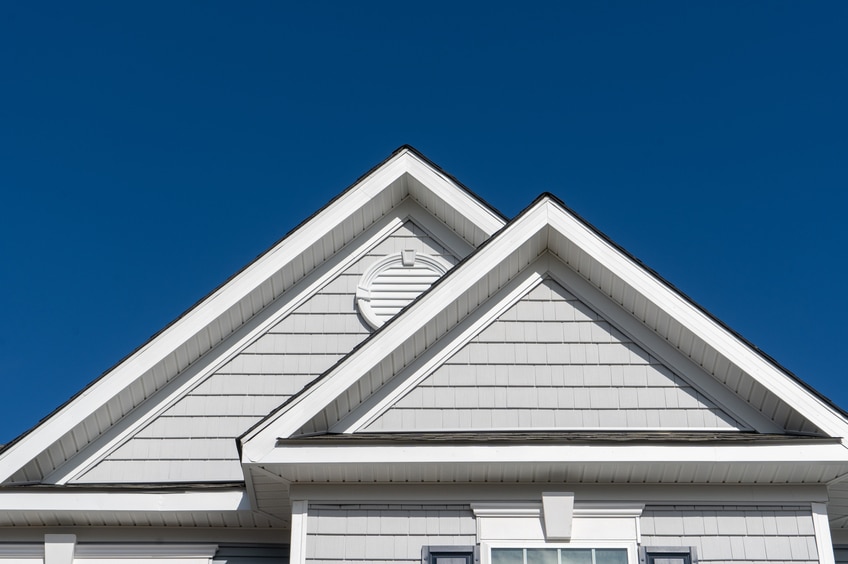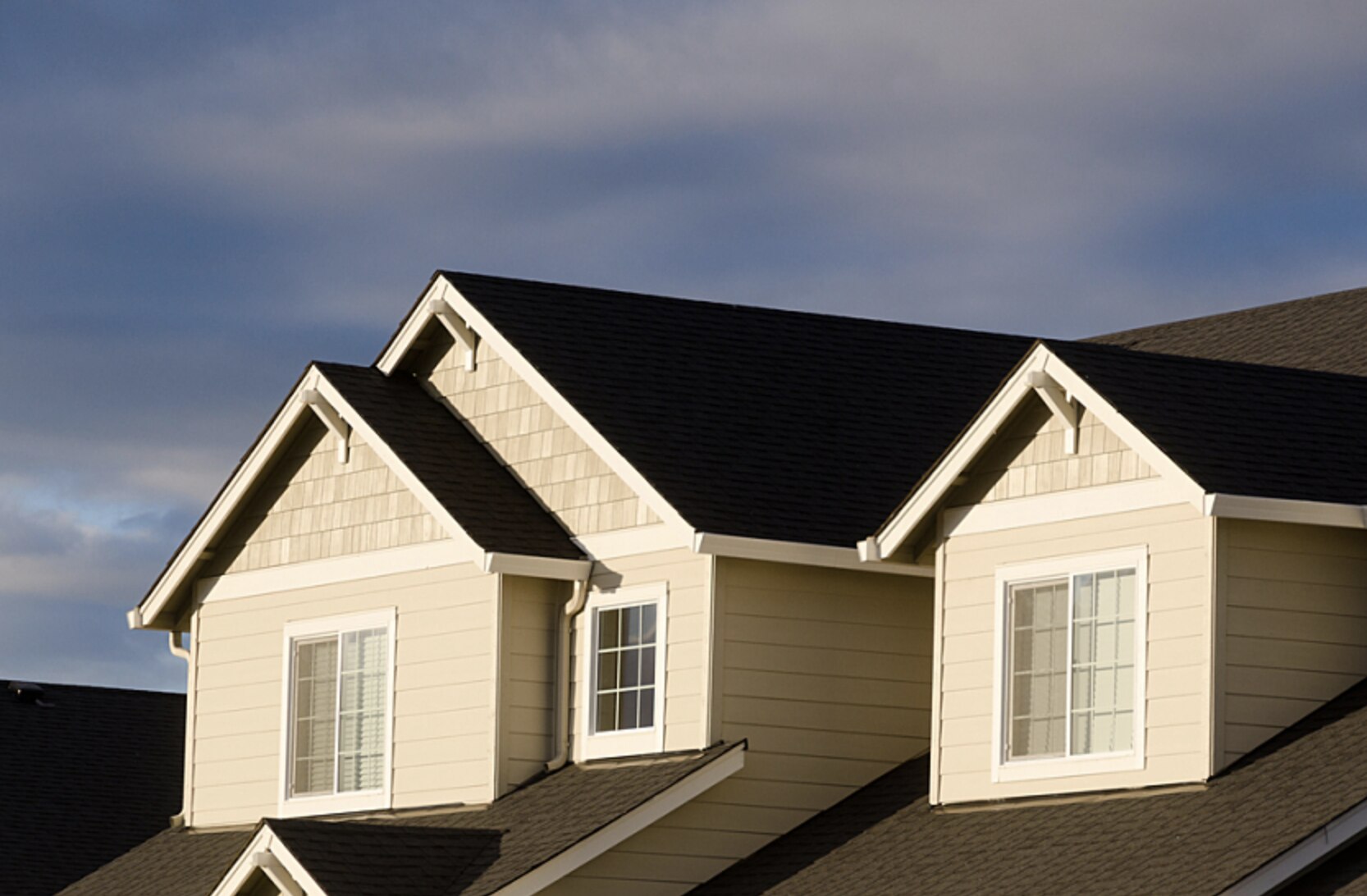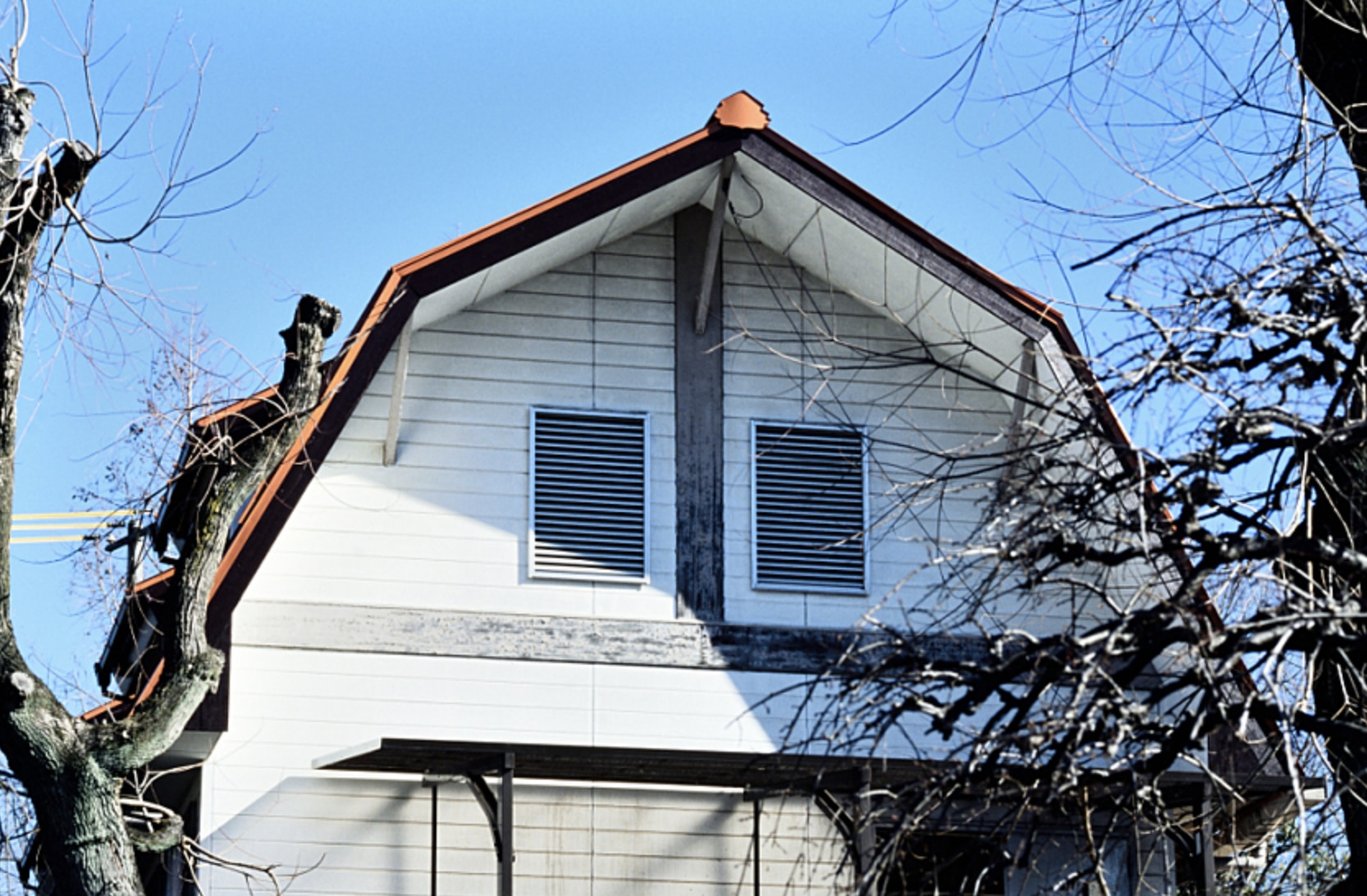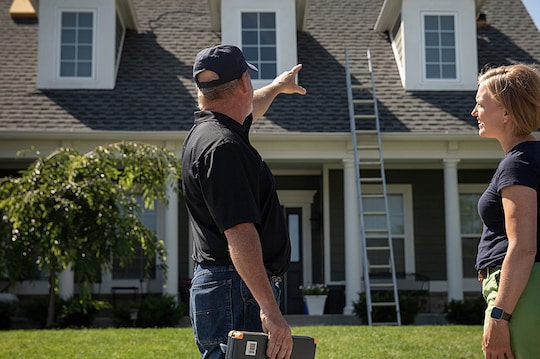
Votre maison
Interested in a Roof Warranty? Here's What to Know
Installing a new roof that will protect your home and family for years to come is a major investment. That's why it's important to have adequate roof warranty protection once the job is complete.While most reputable roofing manufacturers provide basic warranty coverage against manufacturing defects in the roofing materials, it's often better to choose enhanced warranties that also cover installation. These warranties are available through your roofing contractor or manufacturer, and they're transferrable should you sell your house.Understanding what is-and isn't-covered can help you make an informed decision. Here's what you need to know when selecting your warranty.Comparing Types of Roof WarrantiesRoof warranties come in three main types, and understanding the differences can help you select the right one for your needs.Standard Manufacturer's Product WarrantiesMost roofing manufacturers provide basic coverage against factory defects, often at no additional cost. And if you install qualifying accessories in addition to shingles, some manufacturers offer better coverage.For example, if you purchase and install GAF Designer or Timberline® Shingles, the GAF Shingle & Accessory Limited Warranty automatically covers them. It also covers qualifying GAF accessories for up to 40 years. If you install at least three qualifying GAF accessories, you'll also receive the GAF Roofing System Limited Warranty, which provides a lifetime warranty on accessories and shingles.Most standard manufacturer warranties-also known as product warranties-only cover defective materials and components, not shingles that fail due to installation or maintenance mistakes.Contractor WarrantiesThe roofing contractor you hire to install your roof system plays a vital role in how well it performs and lasts. In addition to basic manufacturer warranties, many contractors offer a workmanship or contractor warranty, which covers you against future problems resulting from application errors (roof issues due to contractor installation mistakes).These warranties' details and terms vary by contractor. Some provide lifetime coverage against worker errors and damages inside your home stemming from faulty workmanship. However, contractor warranties don't protect your roof from weather damage, falling trees, or issues from roof modifications after installation. Ask your roofing contractor what their warranty does and doesn't cover.Enhanced or Extended Manufacturer's WarrantiesAn enhanced or extended manufacturer's warranty offers the most comprehensive protection, covering contractor workmanship plus expanded roofing material coverage. Ask your roofing contractor if they provide enhanced warranty options backed by the roofing manufacturer.Usually, enhanced warranties are available at an additional cost, and they often require you to install shingles and accessories from the same manufacturer. These components can include leak barriers, underlayment, hip and ridge cap shingles, and soffit and ridge vents. Typically, an authorized roofing contractor enrolled in the manufacturer's certified contractor program must install the products.Extended manufacturer's warranties usually last longer than standard ones. For example, the GAF Golden Pledge® Limited Warranty provides a 50-year non-prorated period against manufacturing defects (versus the 10 years the standard warranty offers). It also gives you up to 30 years of coverage against the roofing contractor's misapplication of the GAF products and covered flashings (installed at valleys, dormers, chimneys, and plumbing vents to provide added protection from water penetration). This holds true even if the roofing contractor is no longer in business. The Golden Pled ge® also provides coverage for tear-off and disposal to repair your roof in the event of a covered claim.GAF also offers the WindProven™ Limited Wind Warranty and the 25-Year StainGuard Plus™ Algae Protection Limited Warranty, which provide comprehensive coverage.Understanding Roof Warranty Exclusions and RequirementsEven with an extended roof warranty, not every situation that can damage your roof system is covered. For example, a heavy snowfall, hailstorm, lightning strikes, or severe wind can all result in damage that your warranty might not include.Ask your roofing contractor which situations are typically excluded from manufacturer warranties. Also, ask about coverage for proper roof ventilation.When considering roof warranties, it's crucial to understand their terms and conditions. Daniel McLaughlin, External Learning & Development Manager at GAF, cautions, "For homeowners, the initial risk of limited warranties is not understanding them and/or the verbiage that comes with them." He emphasizes the importance of knowing the difference between specific terms, such as "labor vs. workmanship" and "non-prorated vs. prorated," and understanding what kind of warranty homeowners can receive when the job is complete.To be eligible for an enhanced manufacturer's warranty, you'll likely need to hire a manufacturer-certified contractor. For example, to be eligible for the GAF Golden Pledge® warranty, you must hire a GAF Master Elite® Contractor to install your new roofing system.Registering and Maintaining Your Roof WarrantyCheck the roofing manufacturer's instructions on how to register your warranty. Even if a warranty is automatically included with your roof purchase, you or your contractor must activate it within a specific period once the roof system is installed, depending on which warranty you select.You should receive confirmation from the manufacturer that your roofing contractor registered your enhanced warranty. For example, if you purchased a GAF Golden Pledge® warranty, you'll receive a copy in the mail within 60 days after the job is complete. If not, contact GAF about your warranty status.Also, you can void your warranty if you don't properly maintain your roof. So, schedule regular roof inspections and cleanings-usually every two years-to address potential problems early. Use the contractor that installed your roof when you book maintenance service; most warranties don't allow you to outsource work or do it yourself.Finally, save your proof of purchase, including your contract with your roofing company and any receipts or invoices from your roofing supply store. These documents may be necessary if you need to file a warranty claim.Finalizing Your Warranty PlanBefore starting a new roofing project, do your research and speak to your roofing contractor about available warranties. Once you understand the different types of coverage standard, contractor, or enhanced warranties provide, it's easy to see how valuable they are. This GAF Limited Warranty Comparison Guide also outlines each roof warranty's requirements and coverage.Ready to move forward with a roof repair or replacement? Find a GAF-certified roofing contractor* near you to discuss your specific roofing needs and guide you through the process.*Contractors enrolled in GAF certification programs are not employees or agents of GAF, and GAF does not control or otherwise supervise these independent businesses. Les entrepreneurs peuvent recevoir des avantages, tels que des points de fidélité et des remises sur les outils de marketing de GAF pour avoir participé au programme et offert des garanties améliorées GAF, qui exigent l'utilisation d'une quantité minimale de produits de la marque. Vos relations avec un entrepreneur et tous les services qu’ils vous fournissent sont soumis aux conditions d’utilisation de l’entrepreneur GAF.
Par auteurs Wendy Helfenbaum
16 décembre 2024







